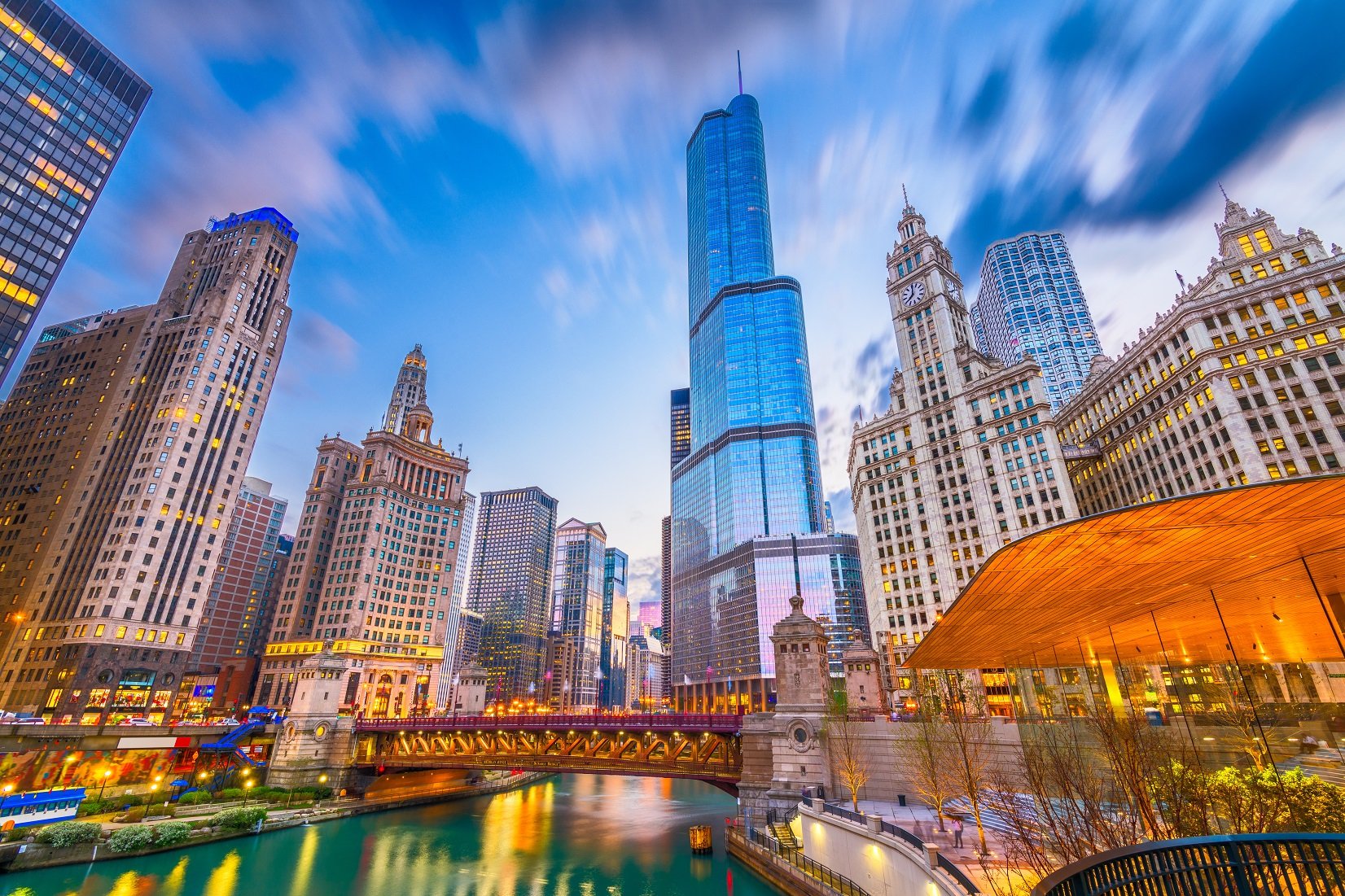One hundred fifty years after the inferno that swept Chicago, architects and historians explore the city’s rapid rebuild. They want to understand the fire’s impact on both Chicago’s landscape and national construction trends.
The fire incited city changes. For example, disaster cleanup crews pushed millions of tons of rubble into the lake; this created land that eventually turned into Grant Park and Burnham Park. But the fire did more than instigate relocation of debris, roads, and buildings.
More fire-resistant skyscrapers rose from the ashes. The World’s Columbian Exposition showcased these buildings for decades. Exposition attendees spread the word regarding Chicago’s majestic skyline.
Fireproofing took time. Designers built a 2100-acre zone with stone, brick, and terra cotta cladding to resist fire. But wooden structures also populated the area. Finally, Chicago authorities committed themselves to create a fireproof city. Joseph Medill ran for mayor under the Union-Fireproof Party with the slogan “No more fires, because we’re only going to build out of brick and stone.” He won with nearly 73% of the vote.
However, irony ensued; Medill’s building, the Tribune Headquarters, made of masonry, burned along with the rest. The Chicago fire bent and warped steel, melted mortar, and toppled many stone structures. Many viewed wood as evil and stone as the solution.
A second, less severe fire struck in the summer of 1874; it burned down 50 acres of the city before stopping when it reached the “fireproof zone.” This event made stone in everyone’s minds the primary building material.
You need both fires,” said Chicago History Museum Senior Vice President John Russick. “Because if it had only been the 1874 fire, maybe it’s not big enough, and it’s not critical enough.
“I think what happens in 1874 is, is the fire that burns that year burns the city that was rebuilt—or a big chunk of the city that was rebuilt — because [those areas had been] built basically the same way [as before the 1871 fire],” he said. “And so, really, you didn’t have much change.”
After 1874 the city drew from hard-earned experience. They build more defensively against disasters. Chicago’s new habits, showcased at the World’s Fair, cause the world to learn. The Chicago skyline of 1887 changed the face of the world’s construction techniques.
Supercharge Your Back-Office
Eliminate manual data entry and manual errors while simplifying nearly every back-office process with hh2's construction solutions.
Blog Transcript



